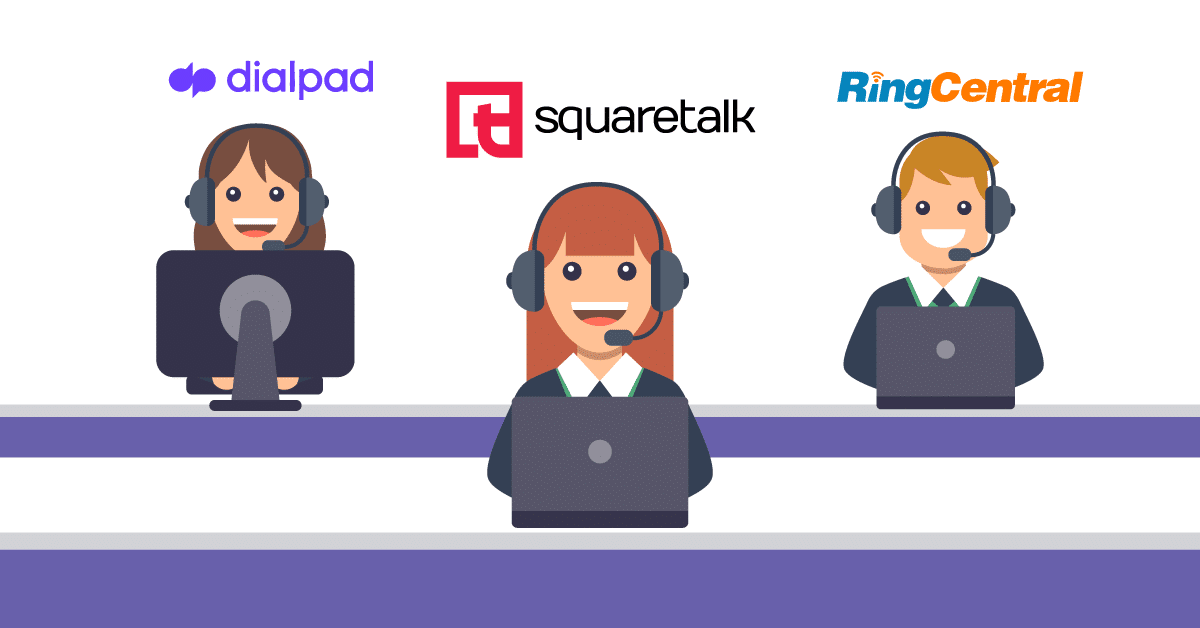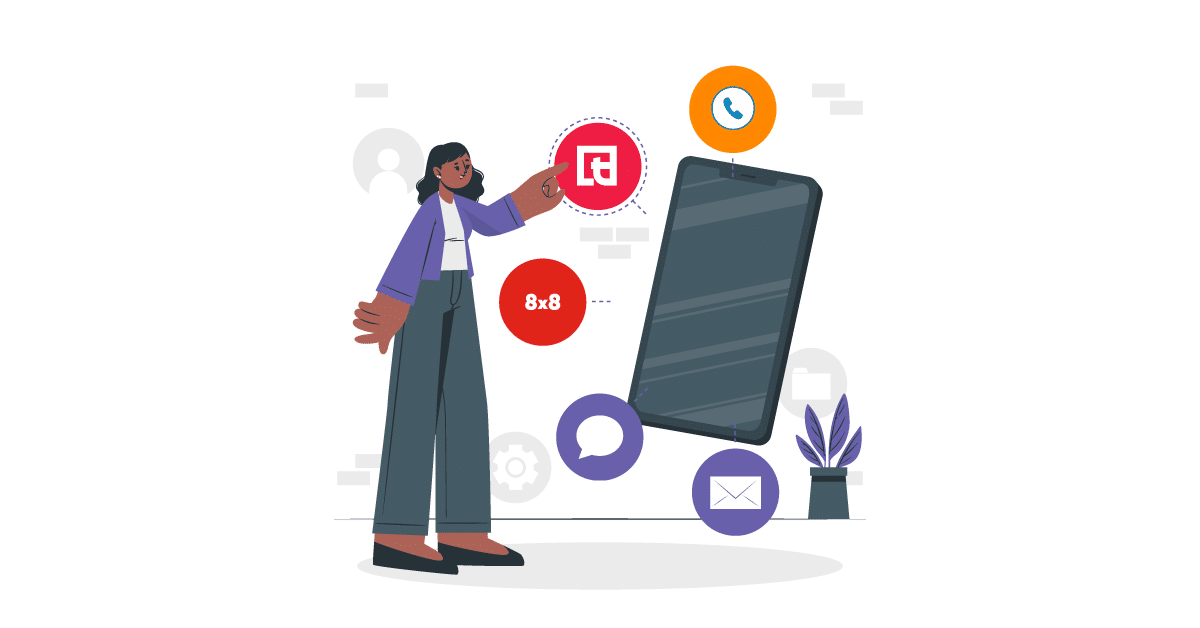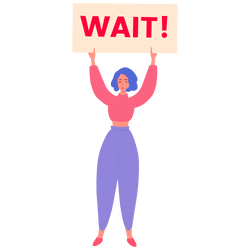Selecting KPIs for Outbound Call Centers
Using proper metrics effectively in your call campaigns can substantially increase their effectiveness.
Experienced call center managers have to be highly skilled in creating, monitoring, and adjusting the metrics and must know how to make appropriate choices in order to deliver the desired results.
Taking a pulse of your outbound sales operations ensures that your team will hit their targets. These 13 data points are ones that you need to be watching like a hawk!
1. Conversion Rate
First and foremost, is this is working must be answered. This KPI is the percentage of calls that resulted in a successful outcome. The number of sales, appointments made, or survey questions answered would be a good place to start.
2. Calls Per Agent
It’s a numbers game so knowing the more engagements an agent has, the more conversions your effort will have. Tracking the efficiency of an agent is thus crucial. Unmotivated or tired agents can severely lower success results. Yet, an automated dialing platform improves this metric as the calls keep coming in.
3. Calls Per Account (Calls Per Contact)
This metric tracks the number of calls made to a contact. A high number of calls per account, without a success, may indicate that a lead or contact should be removed from the list.
4. First-call Close
This might be best on top of this list as it is so valuable and a great place to look to improve conversions. If an agent gets a potential client on the phone; this is the best time to close. If the call ends as a callback they have a very low chance to convert and can be a huge waste of resources.
5. Hit Rate
The hit rate is calculated by dividing the calls made by each agent by the number of those calls answered by a prospect. Success depends on having a high hit rate.
6. Hold Time
Using automated dialing occasionally means that potential prospects are waiting on hold for an agent to speak with them. This metric should be as close to zero as possible, the longer a lead sits to wait for an agent, the higher the chance of a dropped call.
7. Abandoned Call Ratio
This is a calculation of the number of lost calls while a prospect is waiting on hold for an agent. This should be very low; otherwise, the automatically dialing speed should be reduced to lower this ratio.
8. Average Call Length
Pitches that take too long, can reduce success, and short calls indicate a bad opener. Both sides of this metric should be monitored and calls monitored to ensure messaging is effective. We recommend A/B testing your scripts to see which keeps this metric in a good place.
9. List Closure Rate
This rate measures the percentage of prospects that were closed in comparison to the total number of potential prospects for a targeted, outbound call center campaign. A low rate indicates problems with the calling list, such as bad numbers, cold leads, or the improper inclusion of “do not call” numbers.
10. On-call Rate
This metric compares the amount of time an agent spends on calls against the amount of time spent between calls either taking down notes, filling surveys, or possibly being delayed.
11. Sales Per Agent
A really nice way to track the efficiency of your teams’ calls. This is done by measuring sales and total calls. that way managers can track these metrics and adjust targets accordingly to direct overall sales performance.
12. Peak Hours and Traffic
This one does not need explanation right? Managers should be tracking the busiest hours and traffic loads they get in order to prepare and/or schedule or assign enough agents to this time sot so that they can handle the traffic load and all the calls.
13. Revenue Per Successful Call
Knowing that number and not just knowing it yourself as a manager or a business owner but knowing it as a team is really important. This actually tells each sales agent how much he or she is really contributing on a call basis to the growth of the company. Having a sense of belonging and contribution is what will drive your agents to be even more dedicated and help reduce call center attrition. On the other hand, this will provide you with a more predictable model for revenue expectation helping you make target setting be easier.
Setting Benchmarks
Experienced call center managers are helpful in setting up the initial performance benchmarks for a new outbound call center program. These benchmarks are, at first, estimated based on the past performance of similar outbound call center projects.
Benchmarks are used from other outbound call center campaigns that are in the same industry sector or have other characteristics that make them a good choice for comparative purposes.
After a new outbound call center program runs for a while, it sets its own benchmarks by the results achieved. Then, the goal is to improve on the past results by making modifications to the calling processes in fine-tuning the campaign to make the program more effective.
Monitoring Performance
Real-time monitoring of outbound call center performance against the benchmarks allows the call center management staff to quickly make adjustments that increase performance. Experienced human technicians typically use an A/B test as guidance for making program adjustments. In an A/B test, one parameter is adjusted in the A group and measured against the same number of calls for the B group. For example, 1,000 calls can be tested for a specific time of day against 1,000 other calls at a different time of day in order to compare results.
These efforts may be enhanced by applying new methods of data analysis.
FAQ
What are KPIs in an outbound call center, and why are they important?
KPIs are Key Performance Indicators measuring success in areas like call efficiency, conversions, and sales results. They matter because they show whether your outbound strategy is working. Tracking KPIs allows managers to spot problems, set goals, and make data-driven improvements.
Which KPIs should I prioritize to improve outbound call center performance?
Commonly, you’d focus on:
- Conversion rate (the percentage of calls leading to a sale or positive outcome)
- Calls per agent (productivity)
- Contact rate (percentage of calls that actually reach a decision-maker)
- First-call close rate (closing deals on the first attempt)
These metrics give a clear view of both efficiency and effectiveness.
Which KPIs are most critical for measuring outbound call center success?
Conversion rate is often the top indicator. Sales per agent or revenue per call also matter for understanding how productive and profitable your team is. List penetration (how much of your lead list you’ve converted) can reveal overall campaign coverage. In short, look at metrics that measure both quality (conversion, revenue) and quantity (volume of calls, contact rate).
What tools can help monitor and analyze outbound call center KPIs effectively?
Many outbound dialers and CRM platforms have built-in reporting dashboards, real-time analytics, and integration capabilities (e.g., Squaretalk’s real-time KPI dashboards). You can also use BI tools (like Power BI or Tableau) to create custom reports. Integration between dialer and CRM ensures complete performance data in one place.
How often should I review and update my outbound call center KPIs?
Day-to-day monitoring is useful for immediate insights. Weekly reviews help identify short-term trends. Monthly or quarterly evaluations let you adjust goals and strategies. Aim to keep your core KPIs consistent, but re-check or revise them if business objectives change or if you consistently beat your old targets.






